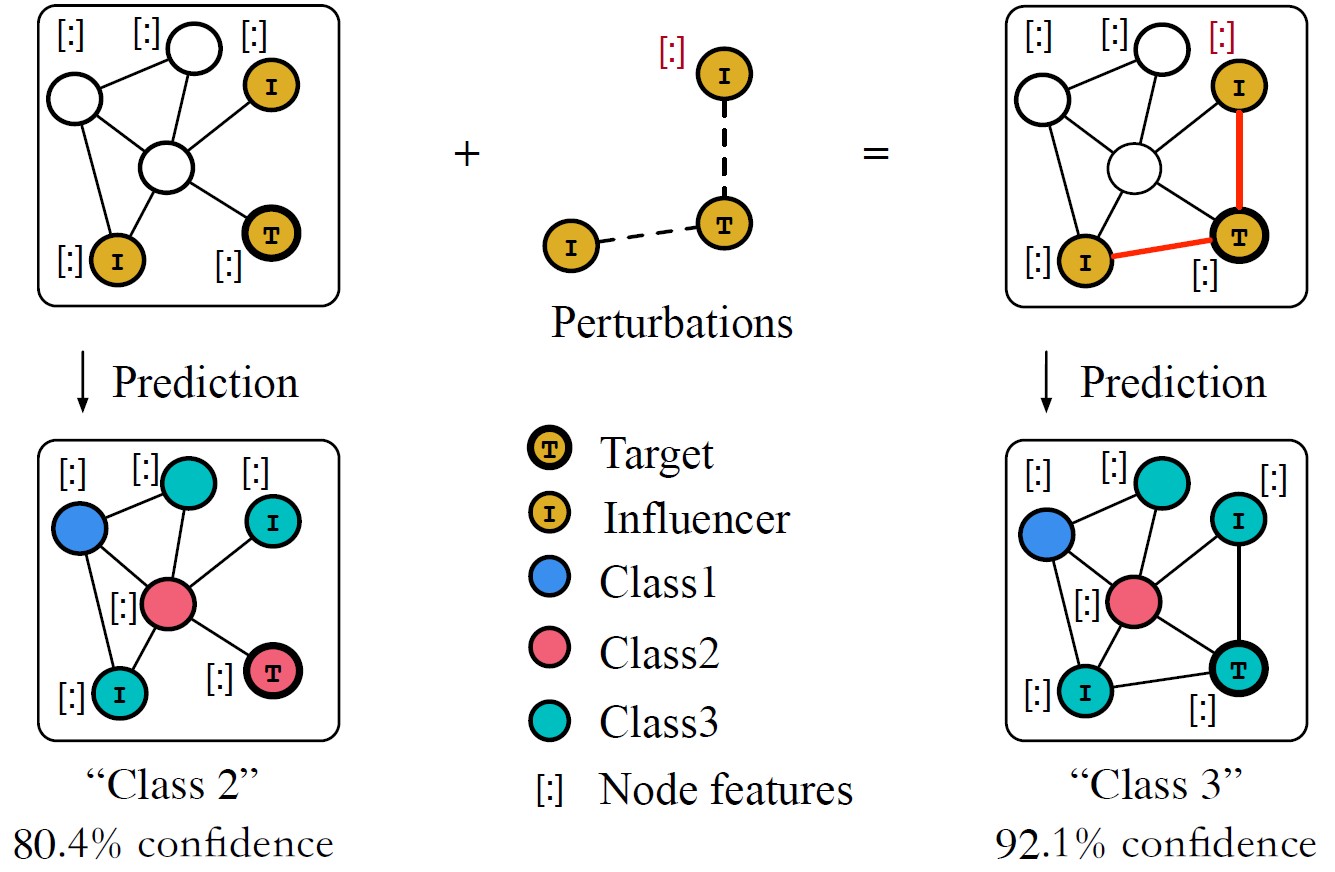The k-means Clustering Algorithm

You can read the notes from the previous lecture from Andrew Ng's CS229 course on Regularization and Model Selection here.
In the clustering problem, we are given a training set
The
- Initialize cluster centroids
randomly. - Repeat until convergence: {
- For every
In the algorithm above,
The inner-loop of the algorithm repeatedly carries out two steps: (i) "Assigning" each training example

Figure 1: K-means algorithm. Training examples are shown as dots, and cluster centroids are shown as crosses. (a) Original dataset. (b) Random initial cluster centroids (in this instance, not chosen to be equal to two training examples). (c-f) Illustration of running two iterations of k-means. In each iteration, we assign each training example to the closest cluster centroid (shown by "painting" the training examples the same color as the cluster centroid to which is assigned); then we move each cluster centroid to the mean of the points assigned to it. (Best viewed in color.) Images courtesy Michael Jordan.
Is the
Thus,
The distortion function
You can read the notes from the next lecture from Andrew Ng's CS229 course on Gaussians and the EM algorithm here.
